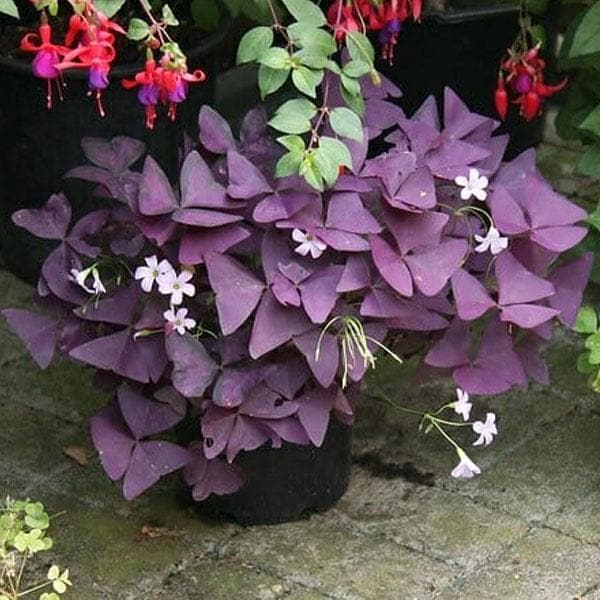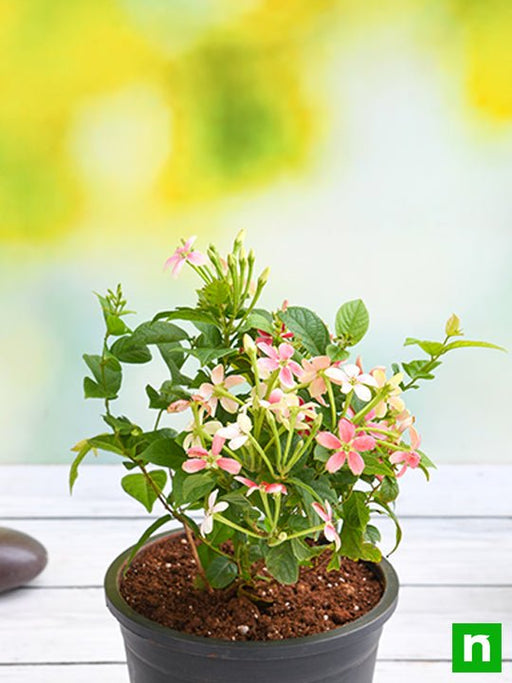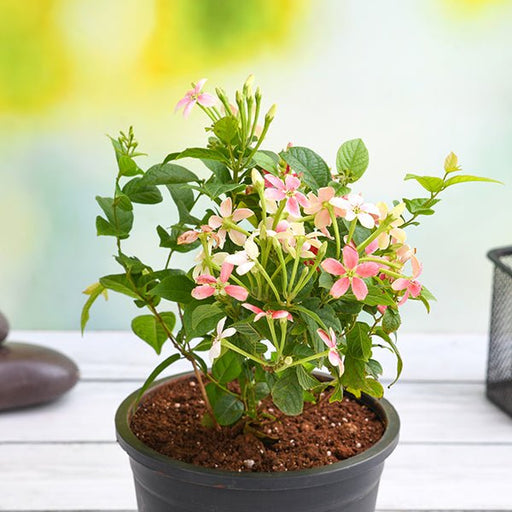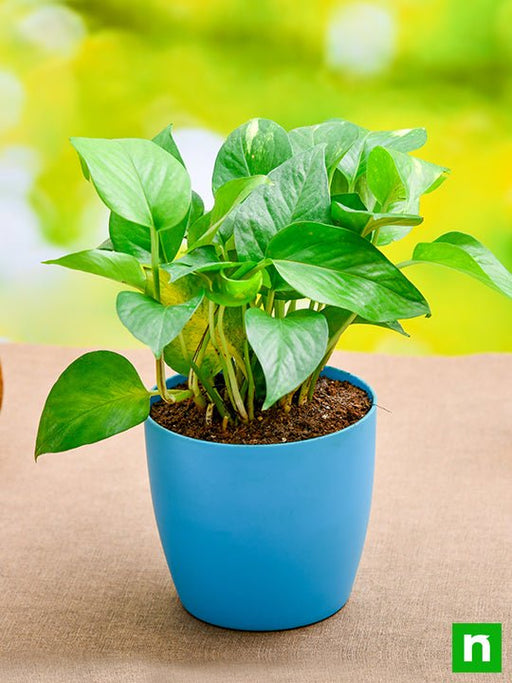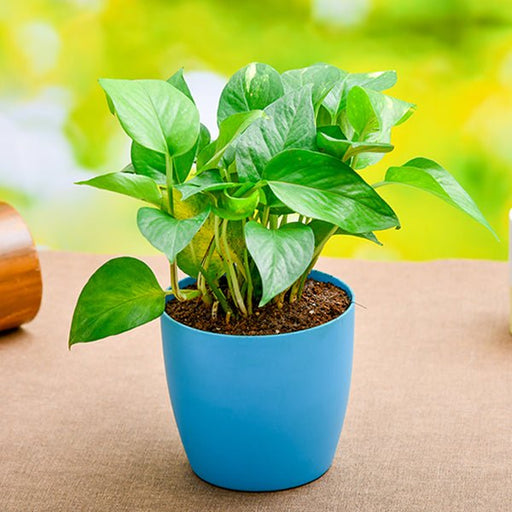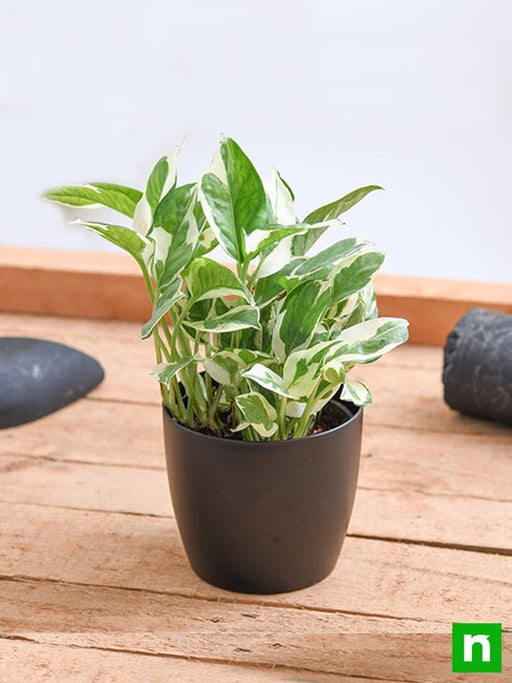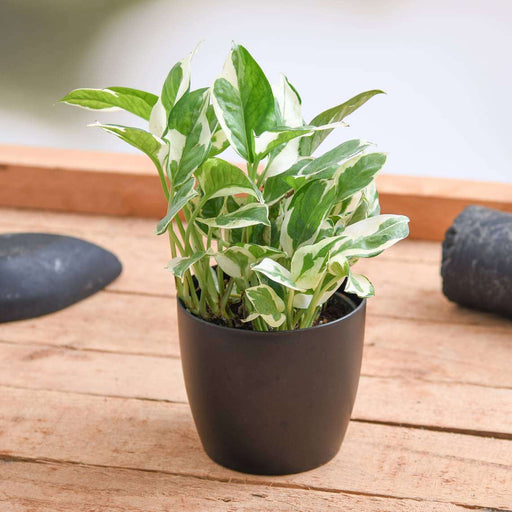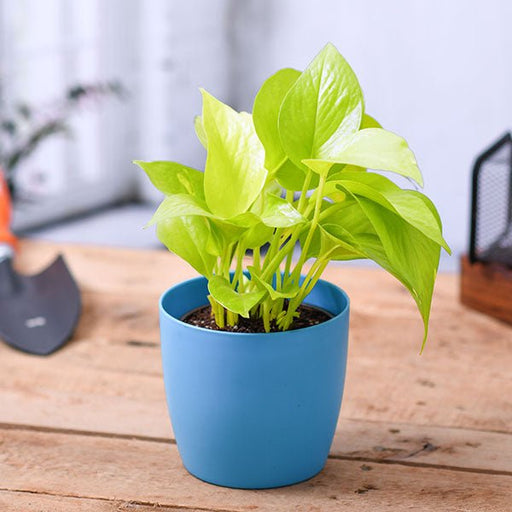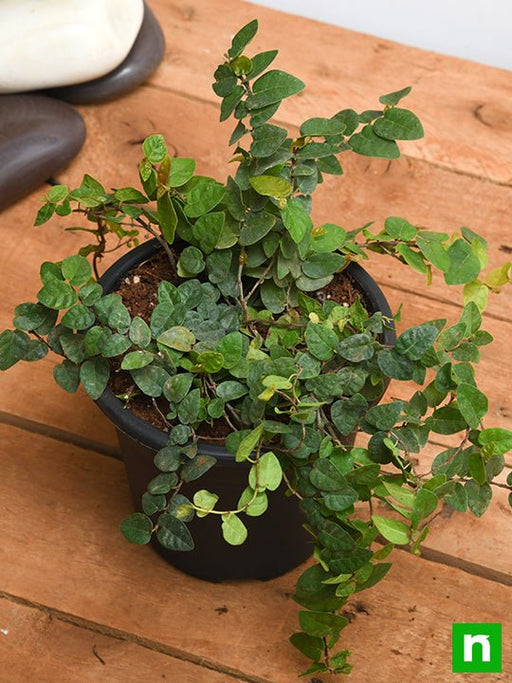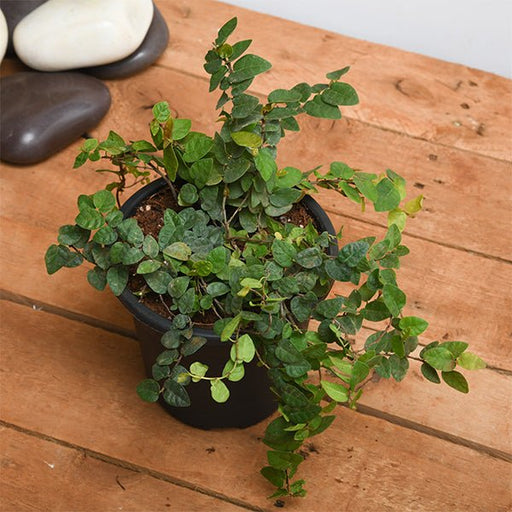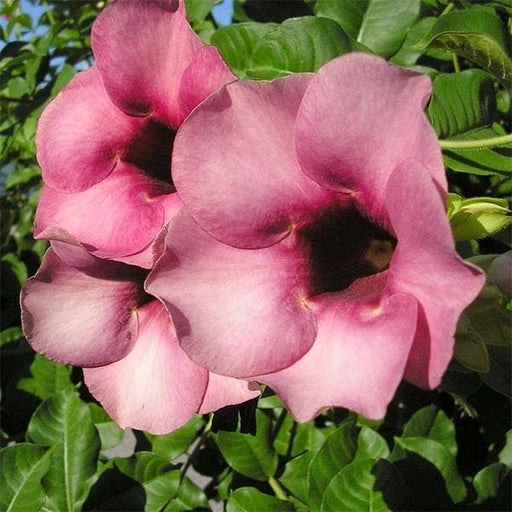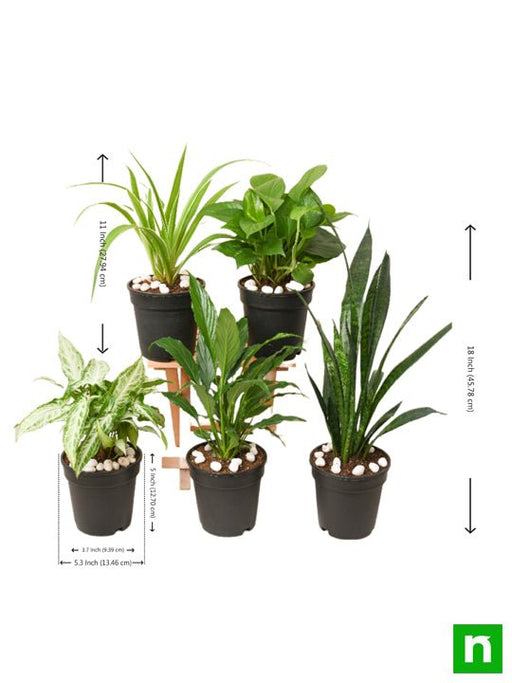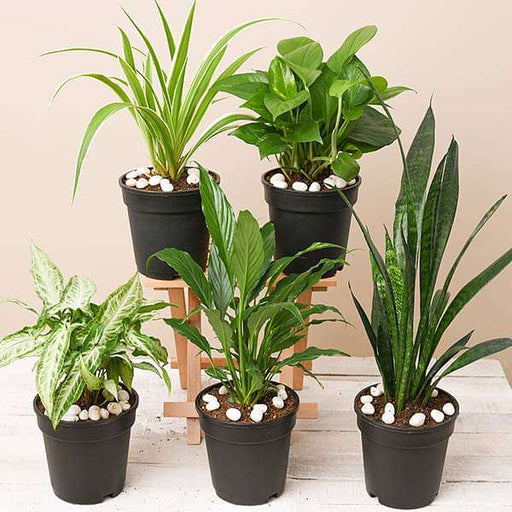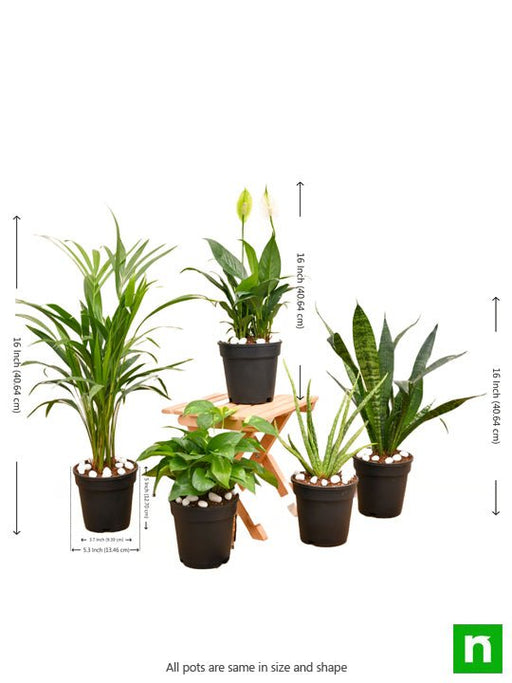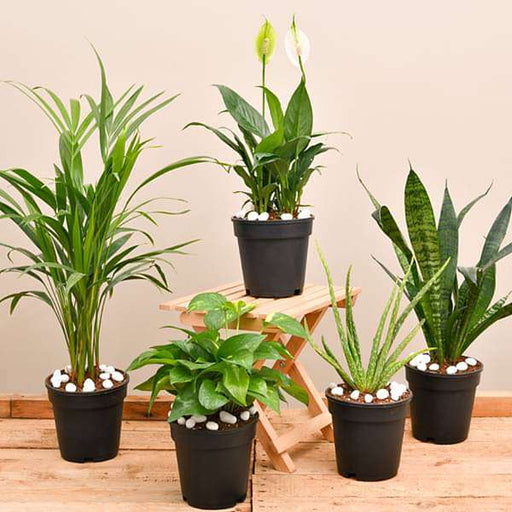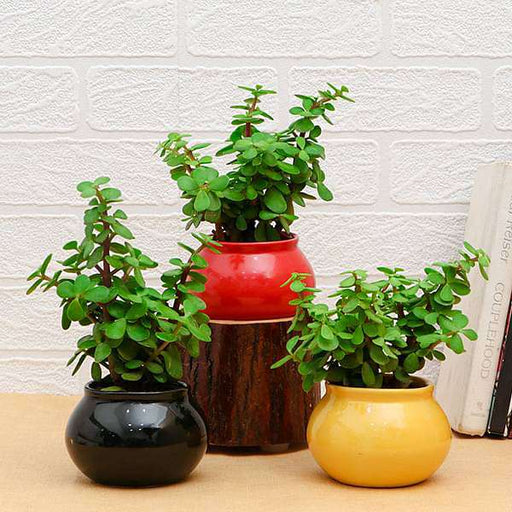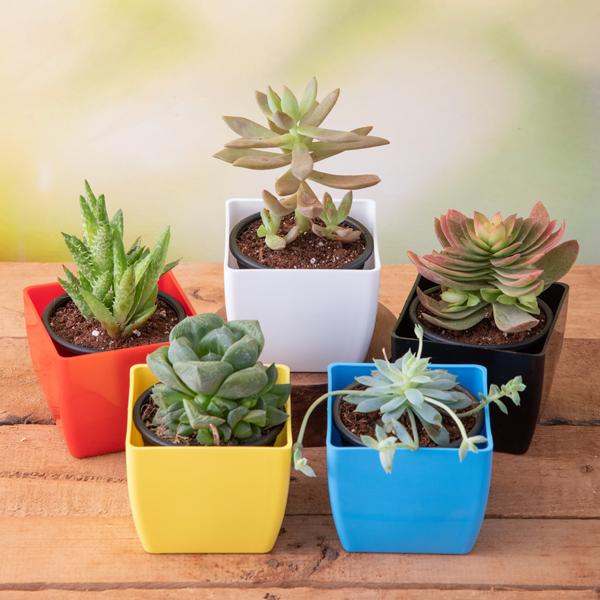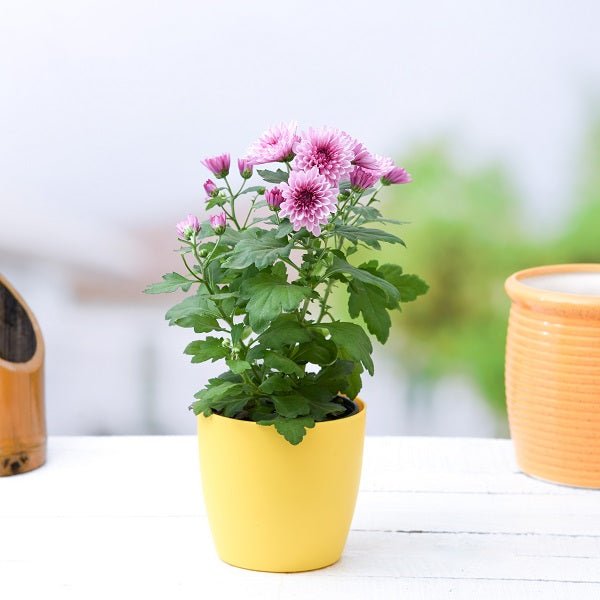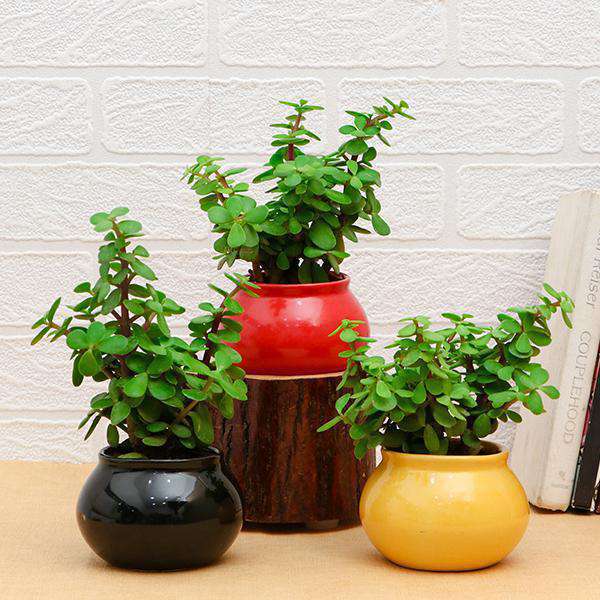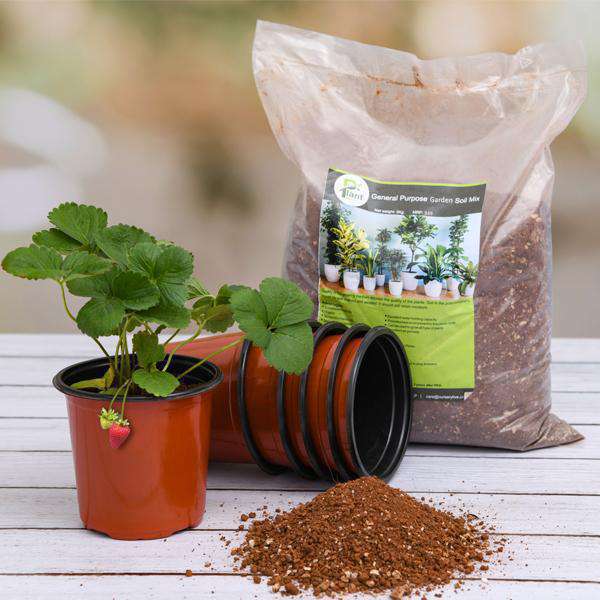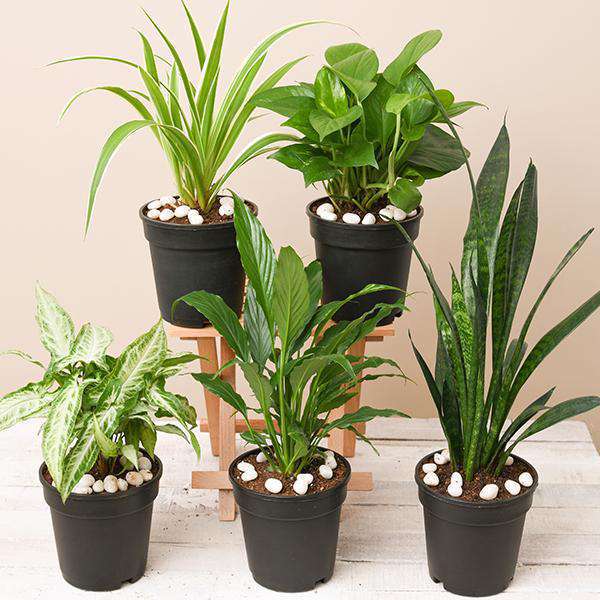Purple Shamrock Care
If you think caring for a plant is as easy as watering a cactus, think again! The Purple Shamrock, or Oxalis Triangularis, is a diva in the plant world. It demands just the right amount of sunlight, a sprinkle of water, and a dash of love. Too much sun? It’ll sulk. Too little? It’ll throw a tantrum. Treat it right, and it’ll reward you with stunning purple leaves that are the envy of all your houseplants.
Oxalis Triangularis Benefits
This little gem isn’t just a pretty face; it’s a multitasking marvel! The Purple Shamrock is known for its air-purifying abilities, making it a green superhero in your home. It’s like having a personal assistant that cleans the air while looking fabulous. Plus, it’s said to bring good luck—who wouldn’t want a plant that doubles as a four-leaf clover?
Growing Purple Shamrock Indoors
Want to bring a touch of whimsy indoors? The Purple Shamrock is your go-to plant! It thrives in pots, making it perfect for window sills or cozy corners. Just remember, it loves bright, indirect light—think of it as a plant that prefers a soft spotlight rather than the harsh stage lights. With a little TLC, it’ll flourish and add a pop of color to your indoor jungle.
Purple Shamrock Propagation
Ready to expand your plant family? Propagating the Purple Shamrock is easier than pie! Simply take a few healthy bulbs and plant them in fresh soil. It’s like giving birth to mini versions of your favorite plant. Just be patient, and soon you’ll have a whole army of purple beauties ready to take over your home.
Purple Shamrock Varieties
Did you know there’s more than one type of Purple Shamrock? That’s right! While the classic Oxalis Triangularis steals the show, there are other varieties that bring their own flair. From the delicate white flowers of Oxalis regnellii to the striking green and purple leaves of Oxalis deppei, each variety has its own personality. Collect them all and create a botanical family reunion!
Purple Shamrock Toxicity
Before you let your furry friends frolic around your plants, let’s talk toxicity. The Purple Shamrock is mildly toxic to pets if ingested. So, while it’s a fabulous addition to your home, keep it out of reach of curious paws. Think of it as a plant with a “do not disturb” sign for your pets—better safe than sorry!
Purple Shamrock Flowering
When it comes to flowering, the Purple Shamrock is a bit of a tease. It blooms with delicate white or pink flowers, but only when it feels like it. It’s like that friend who shows up to the party fashionably late. If you want to encourage blooming, give it the right conditions and a little extra love. Who knows? You might just get a floral surprise!
Purple Shamrock Soil Requirements
The Purple Shamrock is a bit of a soil snob. It prefers well-draining soil that’s rich in organic matter. Think of it as a plant that enjoys a luxurious spa day rather than a muddy puddle. A mix of potting soil and perlite will keep it happy and thriving. After all, who doesn’t want their plant to feel pampered?
Purple Shamrock Light Needs
Light is the lifeblood of the Purple Shamrock. It craves bright, indirect sunlight like a cat craves a sunny spot on the floor. Too much direct sunlight, and it’ll curl up in a corner, sulking. Too little, and it’ll stretch out like it’s trying to reach for the sun. Find that sweet spot, and you’ll have a happy, vibrant plant.
Purple Shamrock Pests
Every plant has its enemies, and the Purple Shamrock is no exception. Watch out for pesky pests like aphids and spider mites that might try to crash the party. But fear not! A little neem oil or insecticidal soap will send them packing. Think of it as your plant’s personal bodyguard, keeping the unwanted guests at bay.
Purple Shamrock in Feng Shui
Looking to enhance your home’s energy? The Purple Shamrock is a Feng Shui favorite! Its vibrant color and unique shape are believed to attract positive energy and good fortune. Place it in the wealth corner of your home, and watch as it transforms your space into a haven of prosperity. Who knew a plant could be your good luck charm?
